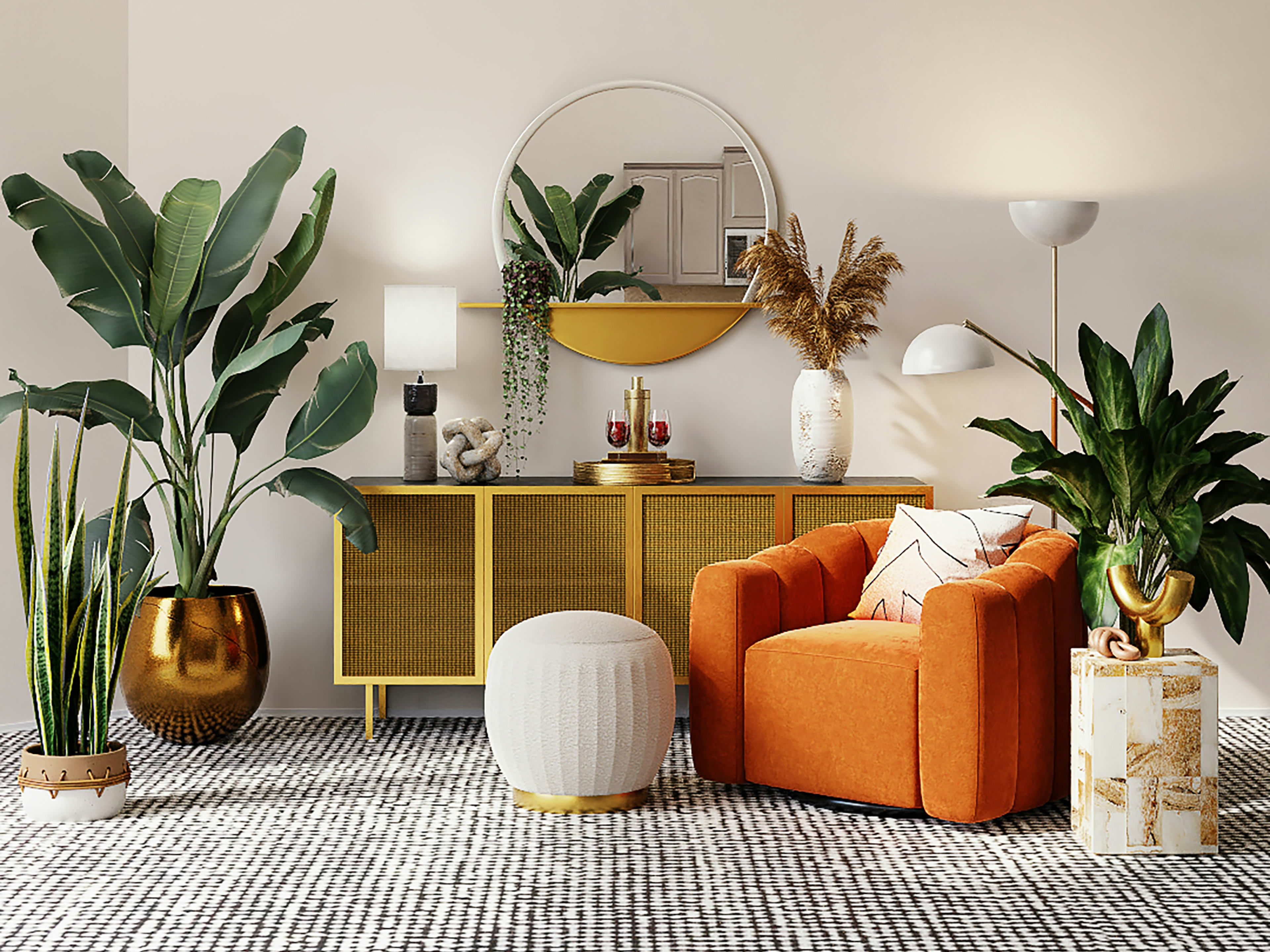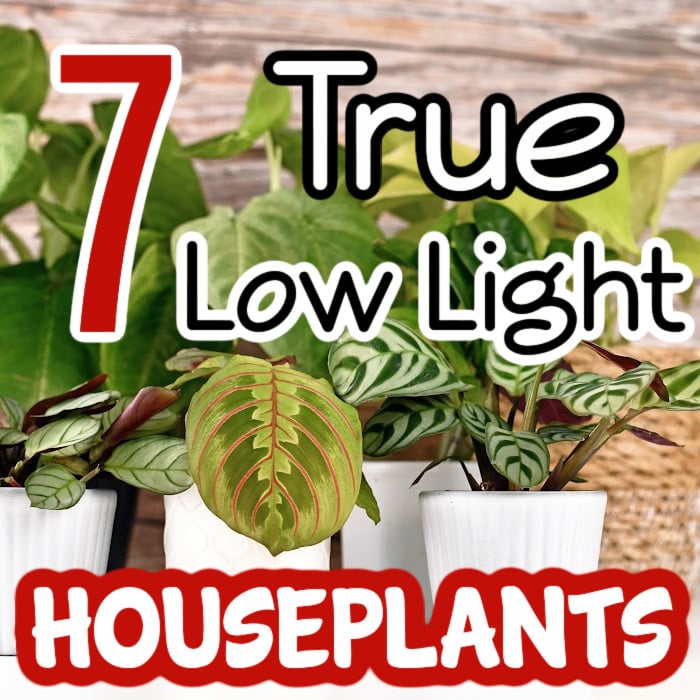Low Maintenance and Beautiful: Best Low-Light Indoor Plants for Your Home
Low Maintenance and Beautiful: Best Low-Light Indoor Plants for Your Home
Blog Article
Transform Your Home With Beautiful Low-Light Indoor Plants and Their Advantages
Including low-light indoor plants into your home can considerably improve both the environmental and visual quality of your home. These plants, which grow in dark problems, serve not just as decorative components yet likewise as natural air cleansers, making them suitable for urban dwellers or those with minimal sunlight direct exposure. As we discover the different kinds of low-light plants and their benefits, you might discover unusual ways to incorporate them right into your home that can change your surroundings in means you could not have actually anticipated.
Advantages of Low-Light Plants
Low-light plants use numerous benefits for indoor settings, making them an outstanding option for both amateur and experienced garden enthusiasts. Among the main benefits is their versatility to low-light conditions, allowing people to enhance their home without the requirement for substantial sunshine direct exposure. This particular makes them optimal for homes, offices, and other areas with limited all-natural light.

Additionally, incorporating low-light plants right into home decor can elevate the visual allure of a room. Their lush foliage and varied structures produce a calming environment, adding to overall well-being. The visibility of plant has actually been connected to decreased anxiety levels and enhanced productivity, making low-light plants a functional choice for boosting both physical and psychological health and wellness in interior setups.
Top Low-Light Indoor Plants
While several interior plants flourish in intense light, a number of species are especially appropriate for low-light conditions, making them optimal for different interior spaces. One preferred selection is the Snake Plant (Sansevieria), known for its striking upright fallen leaves and strength, requiring minimal treatment. One more superb option is the Pothos (Epipremnum aureum), which features heart-shaped leaves and can trail wonderfully from shelves or wall mounts, flourishing in low light and adding a lush touch.
The ZZ Plant (Zamioculcas zamiifolia) is celebrated for its glossy leaves and capability to endure disregard, making it perfect for active lifestyles. Likewise, the Peace Lily (Spathiphyllum) not just tolerates low light but additionally produces spectacular white flowers, enhancing any type of room's aesthetic.
For a distinct touch, think about the Cast Iron Plant (Aspidistra elatior), which without a doubt measures up to its name, prospering in the darkest corners of your home. Lastly, the Chinese Evergreen (Aglaonema) uses a range of fallen leave patterns and colors while being exceptionally flexible in low-light conditions. These plants not just enhance indoor settings but additionally add to air filtration, boosting your living space.
Treatment Tips for Low-Light Plants

Watering methods are vital; these plants typically favor slightly completely dry conditions. Overwatering can cause root rot, so make sure that the leading inch of soil is completely dry prior to watering again. Usage pots with water drainage holes to allow excess wetness to get away.
Humidity is one more important aspect. Many low-light plants, such as brushes and tranquility lilies, benefit from greater check my source moisture degrees. To boost moisture, think about misting the leaves or putting a tray of water near the plants.
Fertilization needs to be approached with care. Throughout the growing period, utilize a weakened, balanced fluid fertilizer on a monthly basis to sustain growth, yet prevent feeding during the inactive winter months.

Innovative Ways to Present Plants
Interior plants can work as fascinating prime focus in any type of room, enhancing both visual charm and atmosphere. Imaginative displays can raise the aesthetic influence of low-light plants, making them an indispensable component of your home design. One efficient method is to make use of tiered plant stands, which permit you to showcase multiple plants at differing elevations while maximizing floor room.
Hanging planters are one more ingenious choice, developing a feeling of depth and attracting the eye up. Take into consideration macramé wall mounts or wall-mounted racks to introduce a special texture and design.
For a much more structured method, use geometric terrariums or glass containers to house your plants, adding a modern touch to your indoor garden. You can also repurpose vintage items, such as teacups or wood cages, for an eclectic screen that shows your character.
Enhancing Home Setting With Plants
Integrating low-light plants into your home not just enhances visual charm however also contributes significantly to the total setting. These plants function as all-natural decor elements, introducing a sense my explanation of harmony that can change any area. The existence of plant promotes a soothing ambience, which is particularly helpful in high-stress settings such as home workplaces or living spaces.
Low-light plants, such as serpent plants, pothos, and ZZ plants, are not just aesthetically pleasing however additionally boost indoor air top quality by filtering system toxins. This dual feature boosts the setting better, producing a healthier home (Best low-light indoor plants). The critical placement of these plants can additionally affect the understanding of room; for instance, high plants can attract the eye upward, making ceilings appear higher and areas more sizable
Additionally, varying structures and colors of vegetation add depth to interior decoration, allowing for creative expression in home designing. Whether put on shelves, in corners, or as focal points, low-light plants can boost the state of mind of any kind of area. In recap, incorporating these plants right into your home is an effective way to foster a cozy, inviting ambience while gaining the benefits of improved air quality and visual adaptability.
Conclusion
Integrating low-light interior plants right into home environments offers many benefits, including enhanced aesthetic allure and improved air top quality. These durable plants, such as the Snake Plant and Peace Lily, require minimal try this out light and maintenance, making them ideal for diverse way of lives. Their ability to filter pollutants contributes to a healthier space, while their varied structures and shades enhance indoor style (Best low-light indoor plants). Ultimately, the addition of low-light plants fosters a peaceful and inviting ambiance, transforming any home into a relaxing sanctuary.
While lots of indoor plants grow in brilliant light, several species are especially fit for low-light conditions, making them optimal for numerous interior rooms. One reliable technique is to make use of tiered plant stands, which allow you to display several plants at differing elevations while making the most of flooring space.
Low-light plants, such as snake plants, pothos, and ZZ plants, are not only visually pleasing but likewise improve indoor air high quality by filtering pollutants. Best low-light indoor plants. The strategic placement of these plants can likewise influence the understanding of area; for circumstances, high plants can draw the eye upward, making ceilings appear greater and rooms much more large
These resilient plants, such as the Serpent Plant and Tranquility Lily, call for marginal light and upkeep, making them appropriate for diverse lifestyles.
Report this page